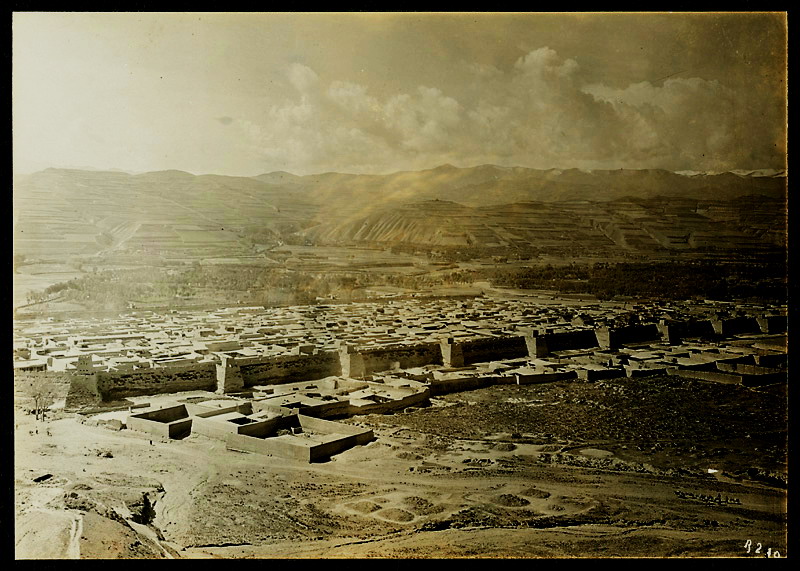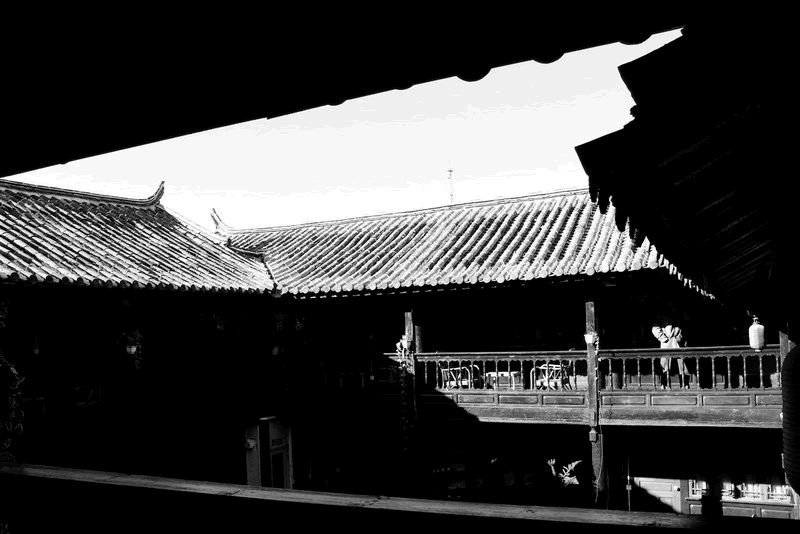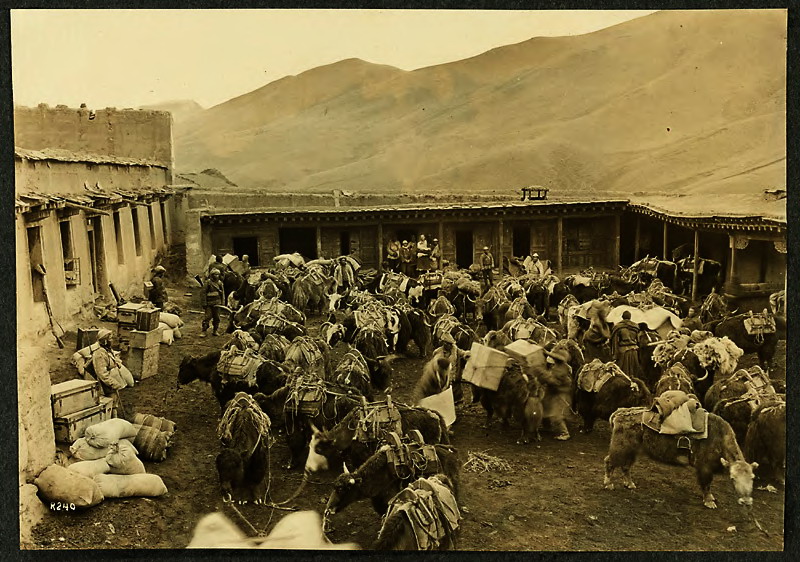一、historic origin::
Huangyuan, historically named” Dan geer”, is located at the huanghe northern bank, western sea and Huangshui river, 50 miles away from Xining city. It enjoys the join of the huangtu highland and qingzang highland, farm culture and grassland culture, in which the tourist site of qingzang and southern silky way twisting. It also serves as the terrace of the way to the qingzang highland, the third high in the world, and the first stop to the qingzang tour, historically named as the main road and throat of Tibet and Qinghai province. Since the west Han Dynasty, this has become a very important commercial center and the first “ tea and horse market” in the Tibet and Qinghai province highland built in riyue mountain in prosperous Tang Dynasty, the commercial way in southern silk way in Song Dynasty. During the Ming and Qing Dynasty, it was gradually changed into the Dangeer ( Huangyuan county). At the end of Qing and earlier democratic, it was the biggest commercial center in the northwestern area, known as “tea and horse commercial city”
Dangeer, the accent translation of zang language” dong ke er”, means “ white shell”. At the early ming dynasty, hongwu year, it was the guardian city of Xining City, which was enlarged in large scale in Qing dynasty and stands for more than 600 years as a famous ancient city. According to historic record, in the jiaqing and daoguang emperor ruling year in Qing dynasty, the total annual turnover of this market is up to 2.5 million liang, as the 6 or 7 times for the xining city. And then, the business man and craftsman from Beijing ,tianjin, shanghai, xi’an, Sichuan province came one after another. The bank of taixing, renji, taihe, yihe, juli, ruiji, meizuisi from British, America and Russia all set the organ here for trading and financial business. With all this, Dangeer became the large Tibet shopper in the han-tibet business. They opened the” Tibet businessman” road by coming to Tibet, xinjiang, gansu, shanxi, shan’xi, hebei and tianjin.
Till 13th year of Democratic China (1924), it peaks the commercial business. In its city, there are more than 1000 household of shops and industries, more than 5000 employees with the total turnover above 5 millions silver liang. Dangeer was also named as “commercial city, mimic Beijing” for its peak business and prosperous trading.
二、Ming and Qing Dynasty building:
 Inner city has the tower, middle frame, corner tower, east and west city gate and many street like cangmen road, northern street, soutern street, miaoxiangzi, dengshanlouer street, huang temple xiangzi, xichenghao street, daxiangdao street and nanchenghao street, and many building like danger hall, sea guarding hall, commander hall, qianzong hall, bazong hall, drilling ground, and temples like yuhuang, huozu, Confusious, guandi, caishen, chenghuang, dragon etc, and other building like yixue, shecang, paifang, citang etc. all the building enjoys the tight arrangement, unique frame and style with the streets arranging in order, vertical and horizontal. Inner city has the tower, middle frame, corner tower, east and west city gate and many street like cangmen road, northern street, soutern street, miaoxiangzi, dengshanlouer street, huang temple xiangzi, xichenghao street, daxiangdao street and nanchenghao street, and many building like danger hall, sea guarding hall, commander hall, qianzong hall, bazong hall, drilling ground, and temples like yuhuang, huozu, Confusious, guandi, caishen, chenghuang, dragon etc, and other building like yixue, shecang, paifang, citang etc. all the building enjoys the tight arrangement, unique frame and style with the streets arranging in order, vertical and horizontal.
The citizens inside the town were characterized as the northern China yard, with the obvious axis, with the parallel consisting of two well-yards. It also has the bungalows and two-floor buildings with soil and timber frameworks. Its wall is thick and hard, warm in winter and cool in summer. All the face of the gate has the shadow wall craved with all kinds of brick of lucky pictures. The timber of the house are full of crave and painting with the all decoration with unique moral, showing the richness and quiet of the local common people. All the material are with the style combing with the Han, meng and Tibet culture, showing the rich local and people characters. At the same time, all the shops, factories, and tea house are scattered, reflecting the quietness, leisure and easy culture.
The main road, about 6 meters width and less thousands meters, connects the chenghuang temple, wen temple, Dangeer hall, sea gurading hall, which makes the main part of ancient city and folk culture of huangyuan, showing the development huangyuan history and culture characters.
三、Military status:
Dangeer is also a military city. According to the historical record, since Western Han dynasty, all the dynasty are building the castle ,sending troops, and many wars here, as it is the main port of the fighting. Many famous war are fighting here or near here, which may affected the China history, with more than 20 sites of the ancient cities and military facilities. Such as the linqiang city, huqiang city in western Han, shibao city, dingrong city, halakutu city in Tang dynasty , and Dangeer city in Ming and Qing dynasty. Among all of them, Dangeer is the earliest guarding places in Xining city, the hall of guarding, and commander hall, qianzong hall and Dangeer hall. , and Dangeer city in Ming and Qing dynasty. Among all of them, Dangeer is the earliest guarding places in Xining city, the hall of guarding, and commander hall, qianzong hall and Dangeer hall.
四、Religious culture:
Dangeer is also the famous site of religion. More than 80 temples are scattered around ancient city, such as haizang temple in xishi valley, dongke temple in yaoshui valley, zhazang temple in bayan valley, guandi temple, chenghuang temple and beijishan temples in bayan valley. All these temples are in significant style, unique arrangement, tight framework, delicate craving and painting, flowing line, colorful content, showing the charming folk culture, meanwhile it displays fully the hui people culture cored with Islam and zang culture cored with Buddhism , Han culture cored with ru, dao culture.
五、peole culture:
Dangeer, as the cultural city, joins all the people. All the cultures works together here forming the unique territorial culture. A tile, a brick, a door and a window can contain the colorful and information culture information, which is rare in Qinghai and Tibet area. Also, in this ancient city, many poems , stone craving, beautiful story, lamp row, paper cutting, music, sheep skin embo, “ flower” meeting, chaoshan meeting, temple gathering, wither meeting, confusious and sea meeting are all adding the rich religious colors to this ancient city.
Director: Kuishengliang,Edittor: Li fang WU zhanwen |
